What do you think?
Rate this book
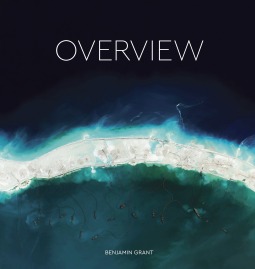

288 pages, Hardcover
First published October 25, 2016
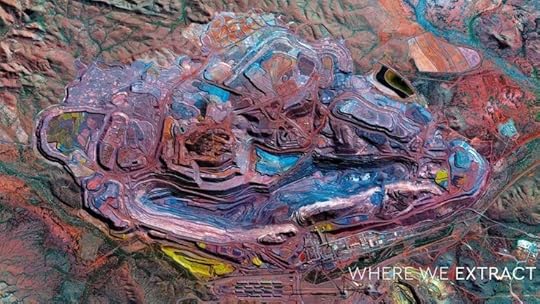
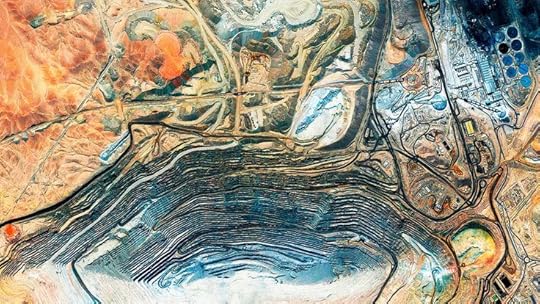







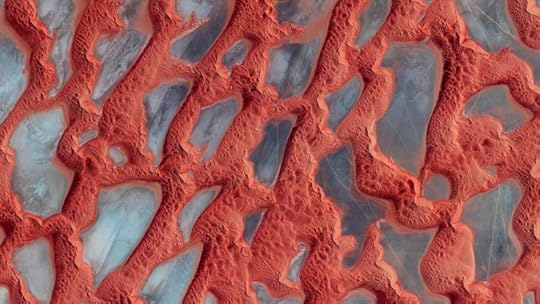
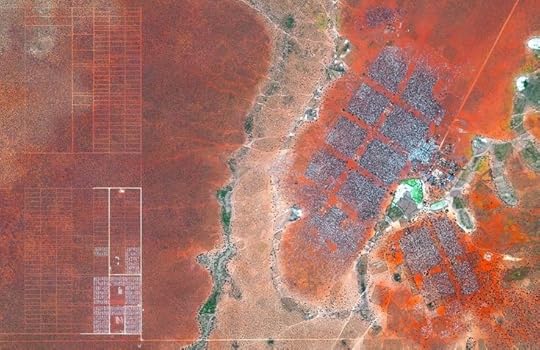

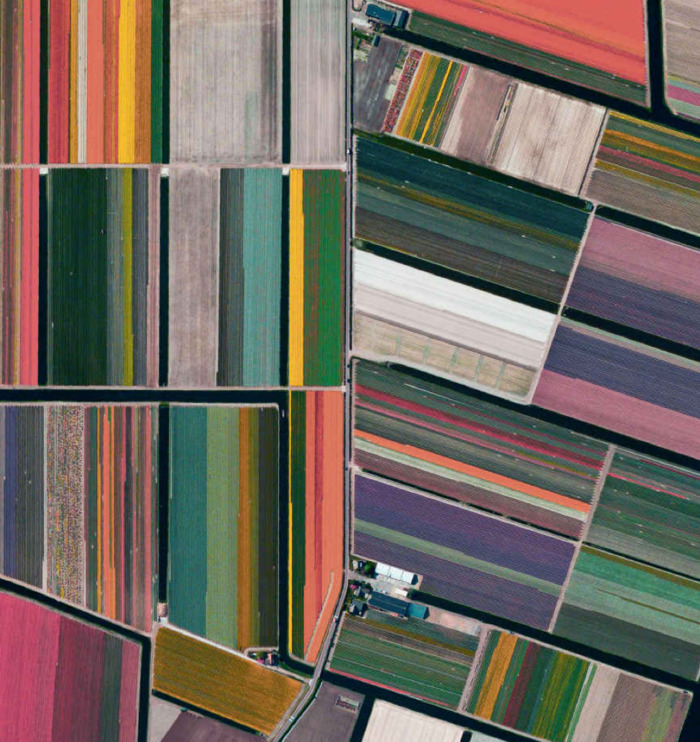
TULIPS
52.276355°, 4.557080°
Every year, tulip fields in Lisse, Netherlands, begin to bloom in March and are in peak bloom by late April. The Dutch produce a total of 4.3 billion tulip bulbs each year, of which 53 percent (2.3 billion) is grown into cut flowers. Of these, 1.3 billion are sold in the Netherlands as cut flowers and the remainder is exported: 630 million bulbs to Europe and 370 million elsewhere.

CRESCENT DUNES SOLAR ENERGY PROJECT
38.238992°, −117.363770°
Seen here during its construction, the Crescent Dunes Solar Energy Project near Tonopah, Nevada, USA, now powers approximately 75,000 homes during peak electricity periods. The facility uses 17,500 heliostat mirrors to collect and focus the sun’s thermal energy in order to heat molten salt flowing through a 525-foot-tall (160-meter) solar power tower at its center. The molten salt then flows from the tower down to a storage tank, where it is used to produce steam and generate electricity. For a sense of scale, see the lower left corner, which shows a commercial airplane flying over the complex.

JUSCELINO KUBITSCHEK BRIDGE
−15.822856°, −47.830000°
The Juscelino Kubitschek Bridge is a steel and concrete bridge that crosses Lake Paranoá in Brasília, Brazil. The main span has four supporting pillars submerged underwater, while the deck weight is supported by three, 200-foot-tall (61-meter) asymmetrical steel arches that crisscross diagonally over the structure.
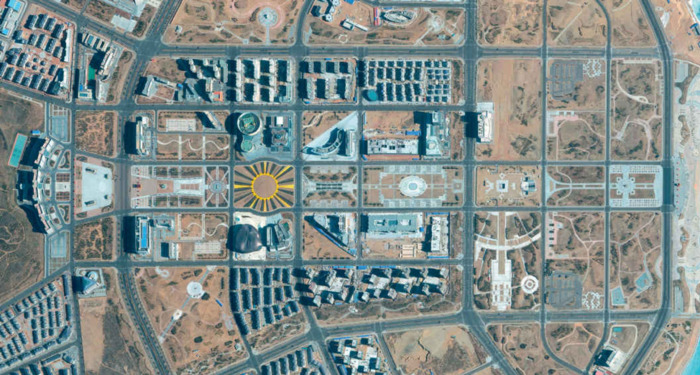
ORDOS GHOST CITY
39.599654°, 109.780476°
Ordos, China, is considered by many accounts to be the largest ghost city in the world. In the last decade, construction projects increased the housing and population capacity of the city to more than 1 million people. However, reports as of 2016 suggest that only 2 percent of the new buildings have been occupied and many of the city’s other construction projects have been abandoned. The Kangbashi New Area, seen here, contains many of the city’s new, modern-designed cultural attractions, but noticeably, very few cars.

GRAND PRISMATIC SPRING
44.524974°, −110.839339°
At the Grand Prismatic Spring in Yellowstone National Park in Wyoming, USA, visitors can get a close-up view on a series of elevated boardwalks. The hot spring gets its vivid color from pigmented bacteria that grow around the edge of the mineral-rich water.
"Humans have occupied the surface of the planet for only a small sliver on the grand timeline of our universe. Yet our impact has been drastic and most pronounced in recent years - just a tiny sliver of that other sliver."